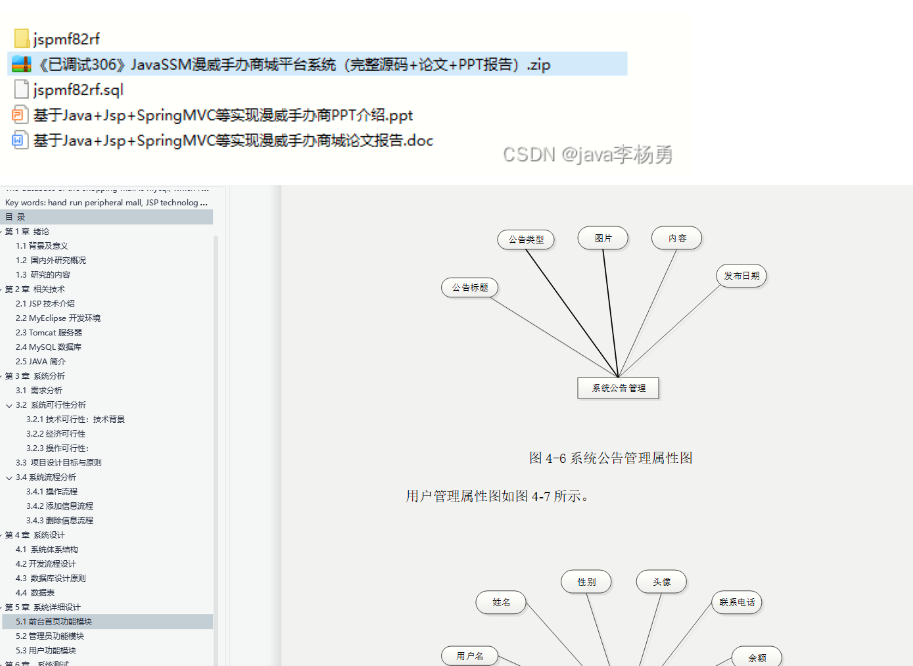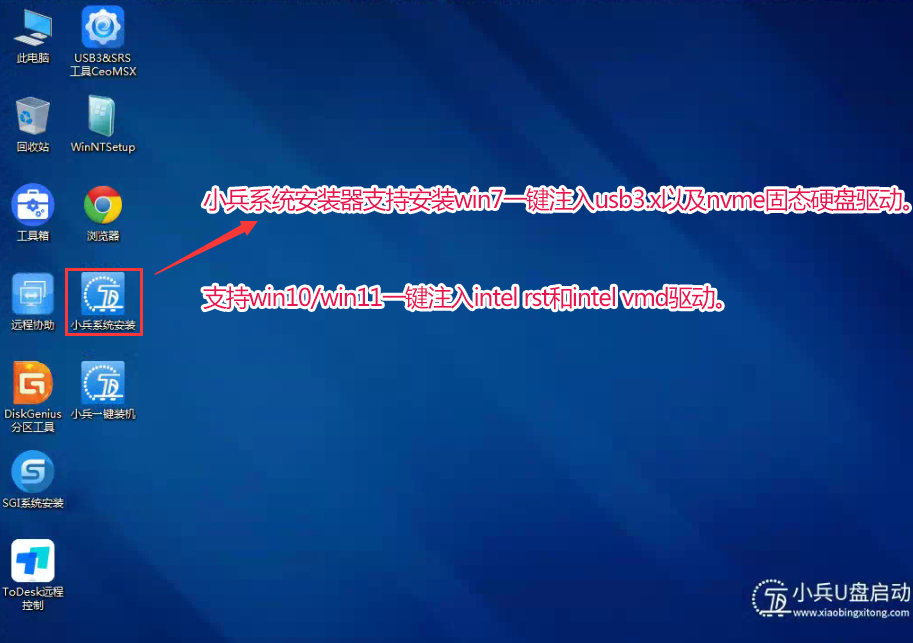在自然语言处理(NLP)领域,词汇量的大小直接影响着模型的复杂度和性能。面对超大规模的词表,如何有效地管理和利用这些词汇成为了研究者们关注的重点。本文将探讨一种创新的方法——通过动态采样方式从原始词表中提取有效词汇,并限制词表大小在8192以内,同时保留对更大规模词表内容表达的能力。
背景介绍
随着深度学习技术的发展,尤其是Transformer架构的成功应用,预训练语言模型如BERT、GPT等取得了显著的进步。然而,这些模型通常需要处理庞大的词汇量,这不仅增加了计算成本,也对硬件资源提出了更高的要求。为了解决这个问题,研究人员尝试了多种方法来优化词表管理,其中一种就是基于上下文的动态采样策略。
方法概述
我们的方法主要依赖于以下几个步骤:
1. 分块与编码
首先,我们将原始词表划分为多个“芯片”(chips),每个芯片代表一个特定长度的词汇子集。接着,根据每个芯片的长度和编码规则生成新的词表。这一过程确保了即使在词表被限制的情况下,也能覆盖尽可能多的有效词汇 。
2. 模糊推理能力
由于采用了基于上下文的方式对原始词表进行采样,这种方法使得模型能够在预测时实现模糊推理。也就是说,即便当前使用的词表不包含所有可能的词汇,模型依然可以通过对相似或相关词汇区域的推断来进行合理的预测 。
3. 动态调整词表
该方法允许根据输入文本的不同动态调整词表的内容。这意味着模型可以根据当前上下文的需求重新定义其有效词汇集,从而提供了更大的灵活性和适应性 。
实现细节
下面是一个简化的代码示例,展示了如何实施上述策略:
python">import pandas as pd
import numpy as np
from jieba import lcut
import polars as pldef get_new_voc(voc_len, text_src_id):for j in range(14, 23):chip_len = voc_len // 2 ** jseq_chip = text_src_id // chip_lenchips = sorted(set(seq_chip))chip_seq_count = len(set(seq_chip))## print("最大词表", chip_seq_count * chip_len)# chip_seq_count = 0if chip_seq_count * chip_len > 8192:continue# 使用 原始词表 区长度 区编码 得到新的词表new_voc = voc.filter((voc["voc_id"] // chip_len).is_in(chips))new_voc = new_voc.with_columns(pl.Series("new_voc_id", list(range(len(new_voc)))))return chips, chip_len, new_vocif __name__ == '__main__':voc = pd.read_pickle("voc_26B.pkl")pd_list = ["<|词表开始|>", "<|序列开始|>", "<|序列结束|>", "<|填充|>", "<|chips_start|>", "<|区长度|>" "<|区码1|>","<|区码2|>", "<|区码3|>", "<|chips_end|>", "<|user|>", "<|agent|>"]voc = pd.DataFrame({"voc": pd_list + voc["voc"].values.tolist(), "voc_id": list(range(len(pd_list) + len(voc)))})voc = pl.from_pandas(voc)text = """tical applications, if you want to determine the optimal number of clusters \(k\), you can iterate through a series of possible \(k\) values, calculate the corresponding Silhouette Coefficients, and choose the \(k\) value with the highest Silhouette Coefficient as the final number of clusters . This method helps identify cluster structures that are both compact and well-separated."""text = lcut(text)text_src_id_src = pl.DataFrame({"voc": text})text_src_id = text_src_id_src.join(voc, on="voc", how="left")text_src_id = text_src_id["voc_id"].to_numpy()# text_src_id[np.isnan(te xt_src_id)] = 3# 将词表分成2**8 份 该序列所在 份编号# np.array(list(set(text_src_id //(len(voc)//2**8))))# 所在份的起始位置 与结束位置chips, chip_len, new_voc = get_new_voc(len(voc), text_src_id)token_id = text_src_id_src.join(new_voc["voc", "new_voc_id"], on="voc", how="left")["new_voc_id"].to_numpy().tolist()chips = np.array(chips) + 11chips1 = chips[chips < 8192]chips2 = chips[(chips >= 8192) & (chips < 8192 ** 2)]chips3 = chips[(chips >= 8192 ** 2) & (chips < 8192 ** 3)]if chips2.size > 0:chips2 = [7] + (chips2 // 8192).tolist() + (chips2 % 8192).tolist()if chips3.size > 0:chips3 = [8] + (chips3 // 8192 // 8192).tolist() + (chips3 // 8192).tolist() + (chips3 % 8192).tolist()out = [5] + [chip_len] + [6] + chips1.tolist()if isinstance(chips2, list):out += chips2if isinstance(chips3, list):out += chips3out += [9] + token_id# 生成新编码# 使用 原始词表 区长度 区编码 得到新的词表# 反向求 原始token_id 根据原始词表得到 token# [0, 1, 2, 3, 4, 5, 6, 7, 8, 10, 11, 12, 13, 14, 15, 16, 19, 21, 22, 23, 24, 25, 28, 29, 31, 32, 33, 35, 36, 38, 40, 47, 48, 49, 50, 53, 54, 56, 63, 64, 65, 66, 68, 70, 72, 73, 74, 76, 80, 85, 88, 90, 91, 92, 102, 103, 105, 107, 113, 115, 119, 123, 126, 129, 130, 134, 137, 141, 143, 144, 155, 156, 162, 164, 173, 175, 195, 204, 205, 223, 233, 249, 259, 267, 270, 272, 277, 281, 287, 295, 299, 329, 337, 370, 373, 375, 383, 388, 391, 403, 406, 428, 451, 513, 519, 536, 541, 583, 587, 608, 617, 635, 674, 679, 725, 873, 881, 1023, 1092, 1110, 1336, 1391, 1447, 1639, 1738, 1856, 1961, 2117, 3034, 4019, 4737, 6366, 6411, 6714, 7760, 8172, 14524]# <|chips_start|> <|区长度|> <|区码1|> <|区码2|> <|区码3|> <|chips_end|># <|chips_start|> <|区长度|> <|区码1|> <|区码2|> <|区码3|> <|chips_end|># 解码# chips = out[:out.index(9)]# if 8 in chips:# chips3 = chips[out.index(8):]# chips3 = np.array(chips3).reshape([3, -1]) - 11# chips3 = chips3[0, :] * 8192 ** 2 + chips3[1, :] * 8192 + chips3[2, :]# if 7 in chips:# chips2 = chips[out.index(7):out.index(8)]# chips2 = np.array(chips2).reshape([2, -1]) - 11# chips2 = chips2[0, :] * 8192 + chips2[1, :]# if 6 in chips:# chips1 = chips[out.index(6):out.index(7)]# chips1 = np.array(chips1) - 11# chip_len = out[out.index(5) + 1]# chips = chips1.tolist() + chips2.tolist() + chips3.tolist()结论
通过采用这种基于上下文的动态采样策略,我们不仅能有效控制模型的词表大小,还能保持甚至提升模型的性能。这种方法展示了如何利用采样技术和智能编码策略克服传统方法中的局限性,是现代NLP领域的一个有趣探索方向。
未来的工作可以进一步优化分块算法和编码机制,以提高效率和准确性。此外,还可以考虑结合其他先进技术,如知识蒸馏或迁移学习,来增强模型的表现力。







